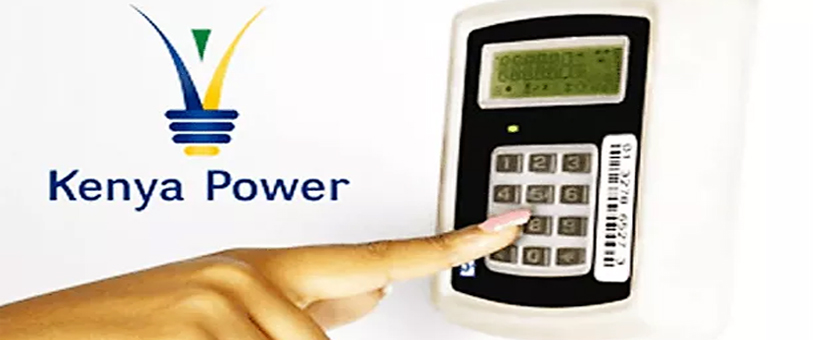Electricity is very essential to many households in the Country. From charging phones, watching television, cooking, and many other activities at home. But do you know the KPLC token cost per unit?
KPLC categorizes its consumers into different tariffs and charges according to the tariff they fall. For consumer 1 is KSHs 10.00 per kWh, consumer 2 is KSHS 15.80 per kWh, small commercial 1 is KSHs 10.00 per kWh and small commercial 2 is KSHS 15.60 per kWh. These rates however are exclusive of monthly pass-through costs, taxes, and levies.
Domestic users and small commercial users can shift from 1 to 2 if the average three months’ consumption is greater than the prescribed threshold. Let us look at the threshold that determines the tariff you will pay.
Read Also: How to check KPLC meter ownership
KPLC tariffs
KPLC has four types of tariffs that they apply depending on the unit’s consumptions per month. The tariffs are as follows.
- Domestic lifeline (DL) or consumer 1: This tariff is for consumers who consume 0-100 units per month. If you fall under this bracket you will pay KSHs 10.00 per kWh. On average, your token price will be approximately KSHs 15.4.
- Domestic ordinary (DO) or consumer 2: You will fall under this bracket if your monthly units’ consumption is above 100, and the token charge for this tariff is KSHs 15.8 per kWh. This means on average the token price will be approximately KSHs 21.95.
- Small commercial 1: The tariff is for small businesses that consume 0-100 units per month. For this category, you will pay KSHs 10.00 per unit or token. And your average token price will be approximately KSHs 15.4.
- Small commercial 2: Businesses that consume between 101 to 15000 units per month are under this tariff. The charge rate is KSHs 15.60 per kWh. On average, the token price will be approximately KSHs 21.95.
If you do not fall in the above categories, then you are a post-paid customer or company consuming more than 415 voltages. And your billing is different.
Charges included in KPLC tokens
When you are buying tokens from the Kenya Power and Lighting Company (KPLC) there are some charges that you must pay for. These charges are as follows.
- Fuel cost charge: This money is for the generation of electricity from the thermal plants. It varies monthly depending on the quantity of thermal generation and the cost of fuel.
- Forex adjustment: The Foreign exchange component is related to the fluctuation of hard currencies against the Kenyan shilling for expenditure denomination in these currencies related to the power sector.
- Inflation adjustment: Varies according to the domestic and international inflation on the cost of supply. KPLC reviews it after every six months starting from the 1st of January.
- WARMA Levy: This is currently set at 0.05 cents per kilowatt-hour and it is for the Water Resource Management Authority (WARMA) for hydro-power generation of 1 megawatt and above. For the pre-paid customers token receipt WARMA levy is combined with the ERC levy.
- Energy and petroleum regulatory authority (EPRA) Levy: It costs 3 cents per kilowatt-hour and it is for the Energy Regulatory Commission to cover its operational costs.
- Rural Electrification Authority (REA) levy: This is currently set at 5% of the cost of the units and is passed to the rural electrification authority for the implementation of rural electrification projects.
- Value-Added Tax (VAT): This is currently set at 16% and is applicable to consumption, fuel cost charge, and forex adjustment.
If you have any queries or complaints, you can reach out to the Kenya Power and Lighting Company customer care desk with the following contacts.
Read Also: How to stop the KPLC prepaid meter beeping sound
- Hotline: 95551
- Phone number: 0703070707 or 0732170170
- Email: customercare@kplc.co.ke
- Website: kplc.co.ke
- Facebook: @KenyaPowerLtd
- Twitter: @KenyaPower_care
The KPLC token cost per unit is not usually constant due to differences in Fuel cost, Forex adjustment, and Inflation adjustment. But this is a difference of a shilling or two.
